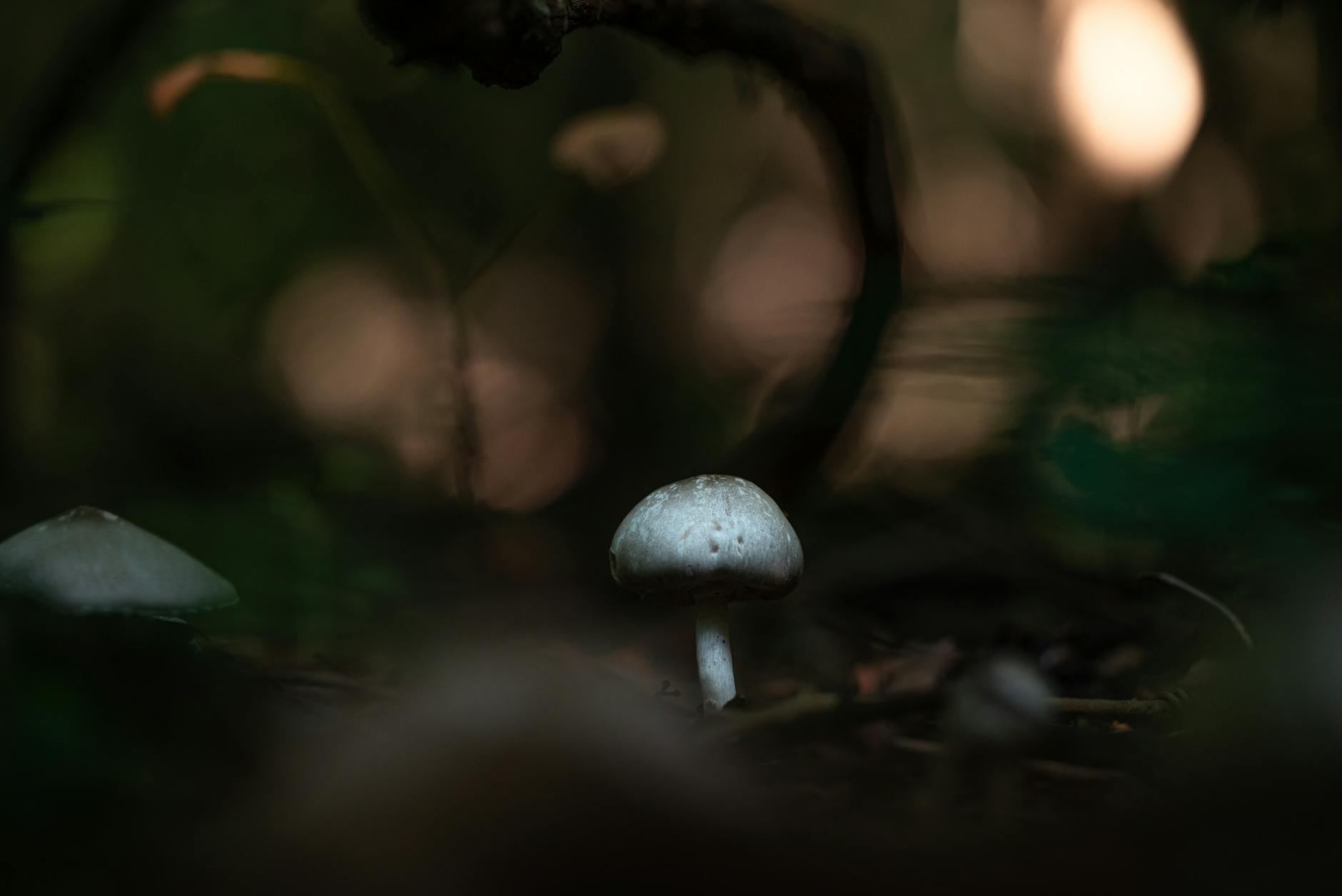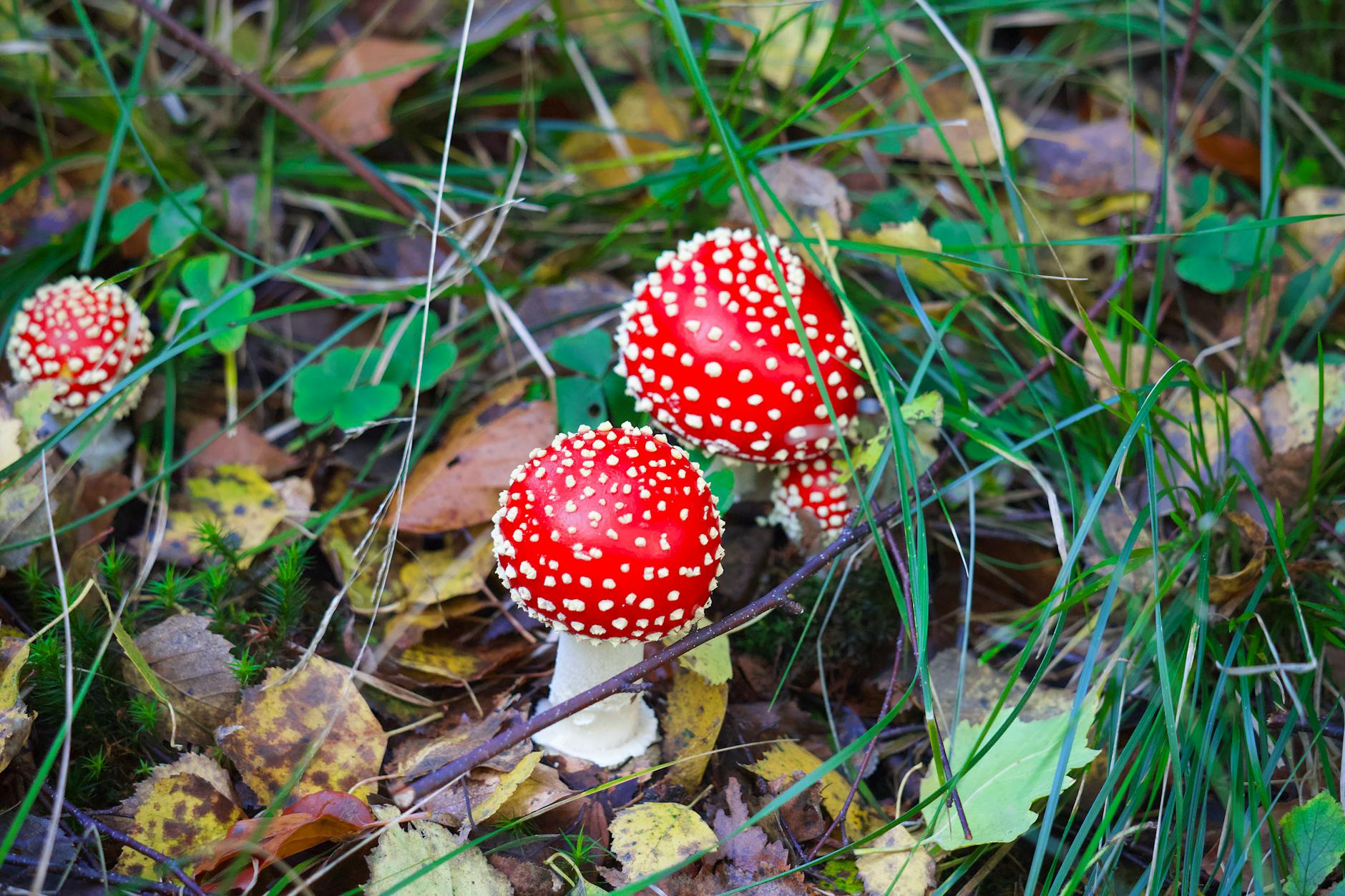Exploring the Enchantment of Foraging Morels in Spring
Spring is a time of renewal and awakening in nature, as the world bursts forth with new life and vibrant colors. One of the most exciting activities during this season is foraging for wild mushrooms, and among the most highly sought-after varieties is the elusive morel mushroom. Known for its unique shape, exquisite flavor, and mystical allure, morels are a true delicacy for nature enthusiasts and food lovers alike.
Uncovering the World of Morels
Morels, scientifically classified as members of the Morchella genus, are prized for their distinct appearance and rich, nutty flavor. These mushrooms have a hollow, cone-shaped cap with a honeycomb-like texture, making them easily recognizable to experienced foragers. Morels come in various colors, including black, grey, yellow, and white, each species offering a slightly different taste profile.
Where to Find Morels
Foragers looking to embark on a morel hunting adventure should seek out specific environments conducive to the growth of these elusive fungi. Morels can typically be found in moist, wooded areas with well-drained soil, such as forests, riverbanks, and orchards. Pay close attention to the ground cover and keep an eye out for signs of recent forest fires, as morels are known to thrive in areas that have experienced wildfires in the past year.
Tips for Successful Foraging
When foraging for morels, it is essential to exercise caution and adhere to sustainable harvesting practices. Some key tips for successful morel hunting include:
1. Timing is Everything: Morels typically start appearing in early spring, around April, and continue to fruit through May, depending on your location and local weather conditions. Visit your chosen foraging spots frequently during this period for the best chance of finding abundant specimens.
2. Scan the Ground: Morels can be adept at hiding amongst leaf litter and other debris on the forest floor. Take your time to carefully scan the ground, focusing on areas with sparse vegetation and good sunlight penetration.
3. Use a Mesh Bag: Opt for a mesh bag or basket to collect morels, allowing their spores to disperse as you move through the forest. Avoid using plastic bags, as they can cause the mushrooms to sweat and spoil quickly.
4. Cut, Don’t Pull: When harvesting morels, use a sharp knife to cut the mushrooms at the base of the stem, rather than pulling them out of the ground. This method helps preserve the mycelium network in the soil, ensuring the continued growth of morels in the future.
Savoring the Bounty
Once you have successfully foraged a basketful of morels, it’s time to savor the fruits of your labor. Morels can be enjoyed in a variety of culinary preparations, from simple sautés and omelets to gourmet dishes in fine dining establishments. Their earthy, umami-rich flavor pairs beautifully with butter, garlic, herbs, and cream, making them a versatile ingredient in both savory and sweet recipes.
In Conclusion
Foraging morels in spring is a rewarding and enriching experience that connects us with the rhythms of the natural world. By following ethical foraging practices and respecting the environment, we can enjoy the magic of hunting for these prized mushrooms while ensuring their sustainability for future generations. So, lace up your boots, grab your basket, and venture into the woods to discover the enchanting world of morels waiting to be explored.


